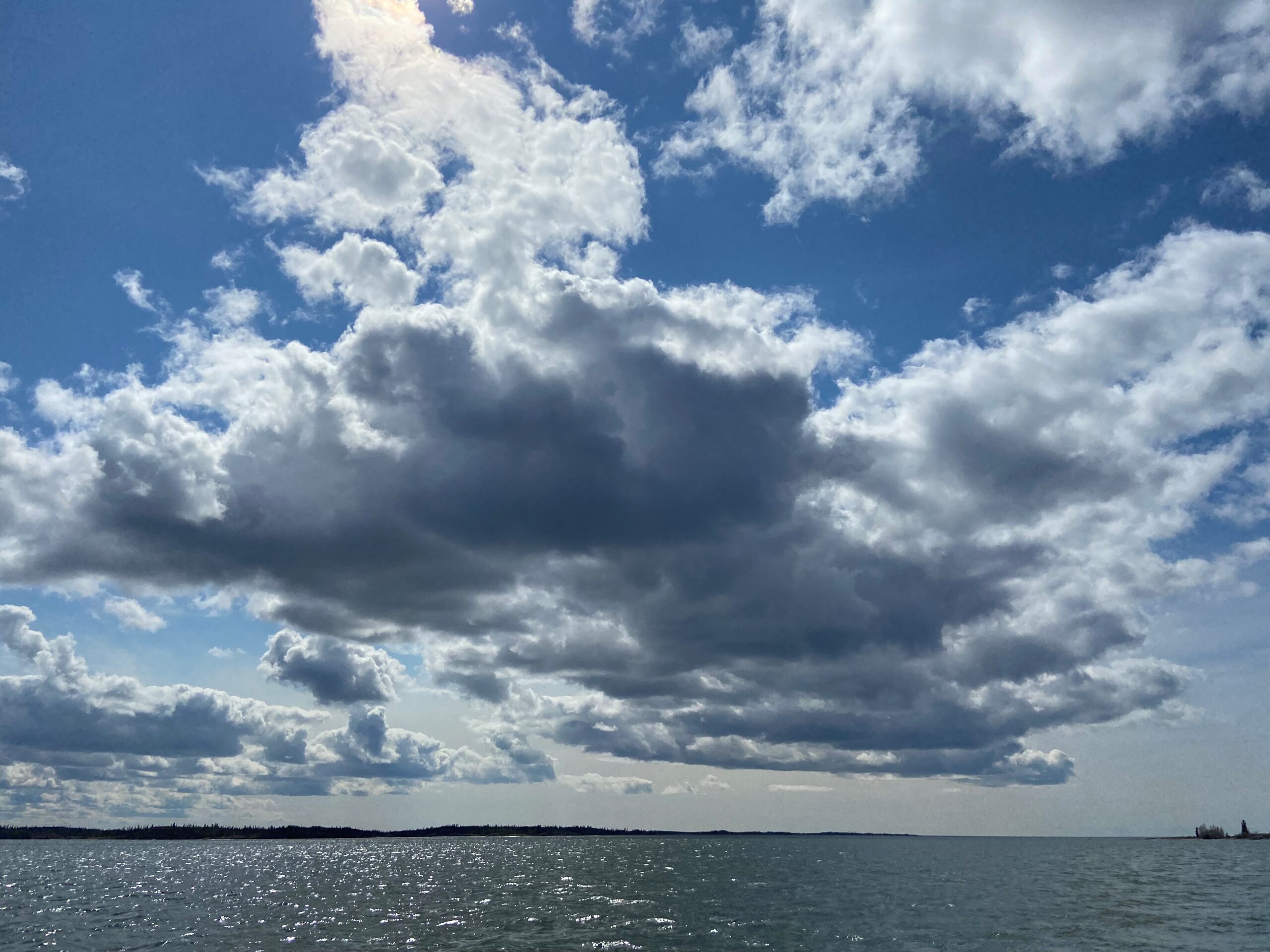by Dr. Tandi Wilkinson, Thriving Project Lead, RCCbc
You agree to do something, and later regret it. Or you really want to do it but can’t see how you might fit it in. Or you feel overcommitted most of the time, and wish you could get rid of some of your obligations. Does any of this sound familiar?

Someone once asked me for advice on how to say no, which I thought was an inspired question. I’m sure many of us in medicine would benefit from saying no (or for some saying yes) more than we do. If you notice a recurring pattern in this area that isn’t working for you, take this as an opportunity for reflection, and try something new. Ideally your answer should be one that is intentional and serves you, even sustains and nourishes you, rather than being driven by unconscious patterns of behavior that don’t.
One of the easiest ways to explore if you should say yes or no is to turn to the wisdom of the body. Emotions are physical sensations that arise from our body, so it makes perfect sense that listening to our body can help us deepen our understanding of what might be best for us. Our mind may lie to us, but our body won’t. To be healthy and to thrive, we need to consider the wisdom of our body most of the time. We can over-ride it sometimes, but constantly ignoring the needs of the body is a recipe for disaster.

Here’s a short exercise to practice tuning in to the wisdom that resides with in us:
Start by finding a comfortable position, closing your eyes, and taking a few easy breaths in and out. Let go of everything that happened today, and just be right here.
Notice the sensations that come up in your body – they might be physical or emotional. Or maybe you don’t notice much. Just notice whatever arises, and accept it, without judgement.
Now consider a request to which you need to respond. Imagine that you have said yes to this request. Spend a minute or two to notice what that yes that feels in your body. What do you notice? Where is it? What does it feel like?
Now come back to the present, and take a few easy breaths in and out.
Consider the same request again, only this time imagine that you have said no. Notice what comes up in your body this time. Spend some time with the sensations that arise, and notice the quality of feeling.
Come back to the present, and reflect on the differences between the feeling of yes, and the feeling of no. This can point you to a deeper understanding of how your answer may or may not be in alignment with your body. And reflect on how you want to use this information, to make your life better for you, and your body.
Take good care of your precious self.
About Dr. Tandi Wilkinson
Dr. Tandi Wilkinson is a Nelson, British Columbia-based emergency medicine physician with a generalist background. At RCCbc, she leads the Thriving Project, which facilitates unique wellness offerings for the province’s rural healthcare providers. These include the Providers Thriving Together Wellness Conversation Series—free monthly virtual drop-in sessions for rural healthcare providers to experience camaraderie and peer support in the service of activating their collective resilience. Read how Dr. Wilkinson’s journey to wellness became the impetus for the Thriving Project.